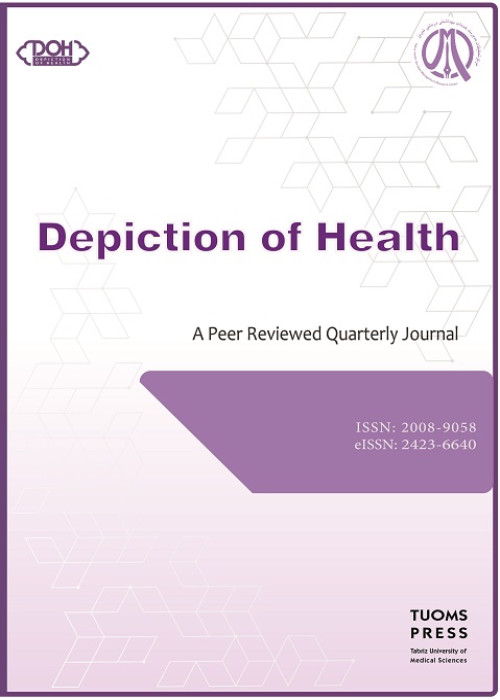Assessment of Diet Diversity in Patients with Celiac Disease in East AzerbaijanIran: A Cross-Sectional Study
Due to the high limitations of gluten-free diet, it seems that the diversity of diet in patients with celiac disease is affected. Therefore, in order to provide specific dietary advices to these patients, it is necessary to conduct a study on the diversity of these patients' diets. Therefore, the aim of this study was to investigate the dietary diversity score in adult patients with celiac disease.
In the present cross-sectional study, 130 celiac patients were selected from the celiac disease (CD) registry database of East Azerbaijan province, Iran. The dietary intake data was obtained by an 80-item semi-quantitative food frequency questionnaire. For determining diet diversity score (DDS), food items were categorized in five groups and 23 subgroups. To be counted as a “consumer” for any of the food groups categories, a respondent needed to consume one-half serving. The total score was between 0 and 10 and each subgroup score was between 0 and 2. The higher scores indicate the better diet diversity and the values less than 3, 3-5 and six and over were considered as low, moderate and high diet diversity scores respectively. The data were analysed using SPSS. The DDS was compared between adherences and non-adherents with on-way ANCOVA by adjusting to cofounding factors including age, sex, body mass index, energy intake, disease duration and gluten-free diet duration.
The mean age of celiac patients was 36.74±8.61 years. The mean total DDS was 3.97 ±1.36. The highest DDS was related to the fruit group (1.42 ± 0.68) and the lowest score was related to the meat group (0.40 ± 0.68). The result of covariance test showed that there were no significant differences between adherents and non-adherents regarding the DDS total score and subgroups scoes (P>0.05). The total DDS was less than 3 in 22.5% of patients, was between 3 and 5 in 73.3% of patients and six and over in 4.16% of patients.
According to the results of the present study, the celiac patients had low DDS in all food groups. So, from the practical point of view, necessary educations should be provided to celiac patients to consume the gluten-free alternative to increase their diet diversity.
- حق عضویت دریافتی صرف حمایت از نشریات عضو و نگهداری، تکمیل و توسعه مگیران میشود.
- پرداخت حق اشتراک و دانلود مقالات اجازه بازنشر آن در سایر رسانههای چاپی و دیجیتال را به کاربر نمیدهد.


